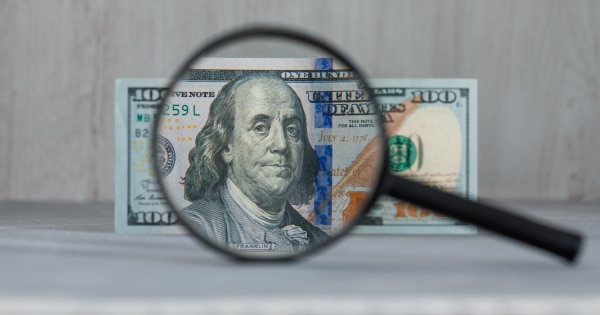Imagine you know someone who keeps ordering drinks from a bar, and issuing IOUs for each drink. The bar and its bartender have an understanding to accept those IOUs. So several times a week, your friend keeps ordering drinks. Normally the bar wouldn’t complain if your friend settled his tab perhaps once a month, but if he hasn’t settled his bill in several months and still wants to order, then the bar might complain.
A similar situation exists with the US dollar and other fiat currencies around the world. Fiat means “by decree.” In 1971, then US President Richard Nixon declared that the US dollar would no longer be backed by gold. Earlier in 1944, forty four countries in the Allied sphere agreed that gold would back the US dollar, and all other currencies would peg to the dollar. However when Nixon took the dollar off the gold standard, effectively the US dollar became the reserve currency but only by fiat, or by decree.
Since the US had managed to negotiate with Saudi Arabia and the other OPEC countries that the dollar would be the currency to buy crude oil in exchange for security guarantees, this along with demand globally for US treasuries as investments ensured that there would be widespread demand for the dollar, which gave it value.
Lately however, the US has been that drinker who keeps ordering drinks from the bar without settling the bill. Driven in large part by deficit spending of money that the US did not get from taxation and GDP, the debt has ballooned to $32T not counting off-balance sheet expenditures. These include foreign wars, military spending, social programs, student debt forgiveness, bank bailouts, and the massive $2.2T CARES Act of 2020 which gave Americans money during the pandemic.
Treasury bond holders globally are not reassured that the formerly iron clad financial safety of US bonds could be threatened if the US Congress would not allow a debt ceiling to be lifted on expenditures beyond the $32T. There has even been talk of minting a $1T coin, but that sounds like just delaying the problem instead of grappling with the fact that the US is spending more than it collects in revenue, whether from taxes or other sources.
A lot of countries globally also want to decouple their economies from the US. The recent 500 basis point hikes by the Fed is not only felt in the US, but globally as well.
Demographics also plays a role in this. Countries with aging populations such as the US and Japan and many Western economies are increasingly seeing a higher ratio of seniors and retirees relative to those who are working and paying taxes. Hence a smaller tax base is trying to fund an increased social security and Medicare expansion.
The straw that likely broke the camel’s back was when the US and its allies froze Russia’s assets last 2022 after it invaded the Ukraine. Many of those in the BRICS (Brazil, Russia, India, China, Saudi Arabia) alliance felt that the US had gone overboard. In addition, the Saudis did not want to sell their oil if the US could not guarantee security in the region, particularly after the messy withdrawal from Afghanistan.
Lately the BRICS have been talking about a new Petroyuan to replace the Petrodollar, based on a basket of currencies but also involving gold.
WHERE TO INVEST
In the short term, with the increased Fed rates, short term US treasuries are a good place to park your money. Most likely the US will not default on its obligations, though expect some down to the deadline posturing between the Republicans and the Democrats.
For those who are inclined towards technology, Bitcoin is a good hedge against instabilities in the traditional finance sector. Even if the allocation is kept low, the wild swings ensure a good alpha that may help a more stable portfolio achieve better returns.
Finally there is gold. Recently it has been staying for long periods above the $2,000/ounce price point. Although in normal times it underperforms stocks, in times of great uncertainty gold is the traditional safety net of many investors.
PREPARING FOR A GLOBAL SHIFT
It is said that global reserve currencies only have a life of a few decades before something else takes over. Previous reserve currencies include the British Pound, which was the reserve currency prior to the rise of the US dollar after World War II.
Whether or not the US dollar remains as the global reserve currency, or will be taken over by another remains to be seen. However the inability of the US to rein in spending within its means is speeding up that demise.

